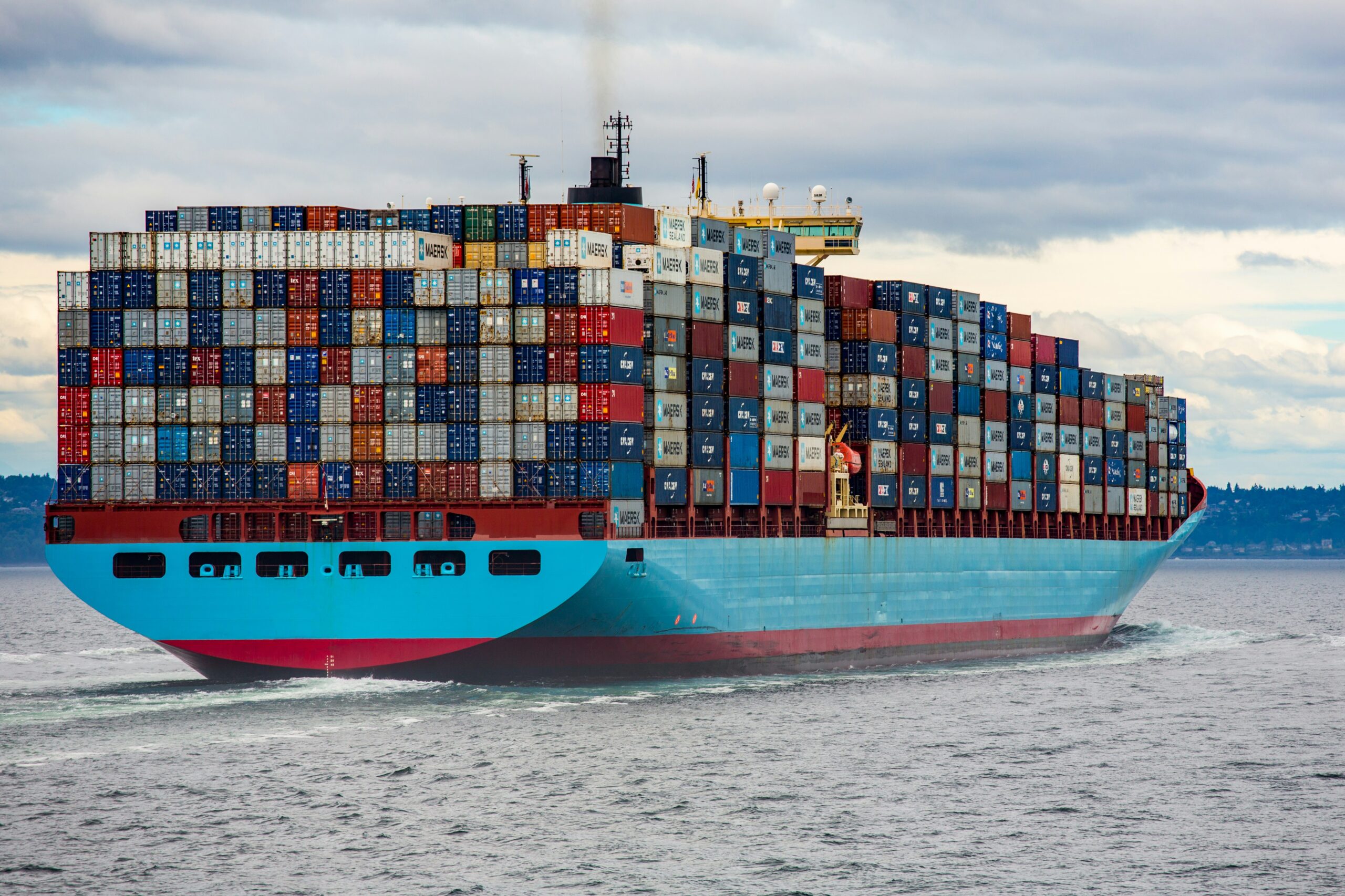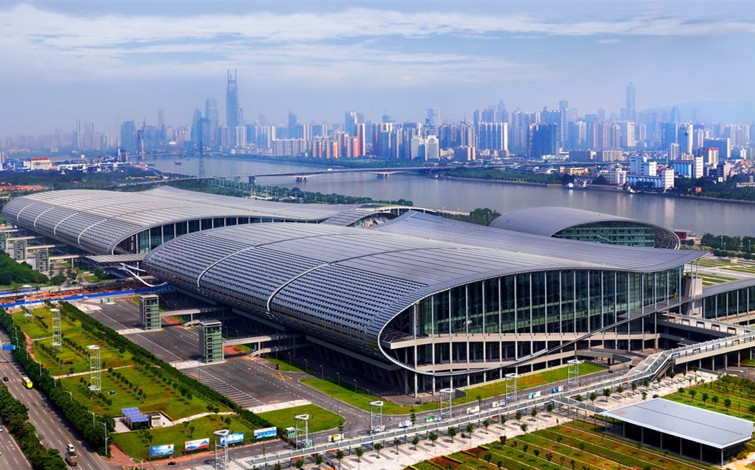China eliminated a common export loophole on Oct. 1 that billions of dollars in shipments relied on annually. Many overseas buyers had no idea their suppliers were using it. And some are only discovering the consequences now. It’s another lesson in why having people on the ground managing your supply chain is essential.
The Old Export Loophole
Let’s back up and explain what happened. Any goods exported from China require an official export license from the Ministry of Commerce. The license can be held by the factory, a trading company or the buyer (if they have a Chinese entity). However, getting a license costs several hundred dollars and takes three to four weeks. And that’s not to mention the ongoing administrative burden of handling export compliance and paying staff members to manage these processes. For small manufacturers operating on thin margins, that’s a real barrier.
So many manufacturers found a workaround: They paid a trading company a small fee (usually 1-3% of shipment value) to use their export credentials. The factory made the goods. The trading company’s name went on all official documents. Everyone moved on.
Unfortunately, however, neither party was particularly enthusiastic about declaring proper taxes on exported goods, resulting in systematic tax evasion. Export agents would just report their 1-3% commission fee while manufacturers wouldn’t report anything. So, predictably, Chinese regulators announced new rules to close the loophole in July.
What Changed and Why It Matters
Under the new rule, export agents must identify the manufacturer in tax declarations, including name, business registration code, export amounts and customs numbers. If an agent fails to do that, the entire shipment value gets reclassified as their own taxable income, subjecting them to the standard 25% corporate income tax rate.
This creates enormous financial liability. For example, on a $100,000 shipment where the agent previously earned a $2,000 commission, failure to provide manufacturer details could trigger $25,000 in tax liability, more than 12 times their actual earnings.
As a result, many smaller factories now face a choice: pay proper taxes and likely pass costs to buyers, or exit export markets entirely.
Crucially, the timing compounds pressure on manufacturers already dealing with mandatory social insurance contributions that took effect Sept. 1, following a Supreme Court ruling that invalidated employer-worker agreements to opt out of payments. Additionally, China’s factory activity contracted for a sixth consecutive month in September as deflationary pressures continued to squeeze margins.
Suppliers Under Pressure?
Between regulatory changes, deflationary pressures, and trade tensions, many Chinese suppliers face mounting financial strain. Some export prices have fallen to their lowest levels in 14 years. As a result, now is a good time to assess your suppliers’ financial health. Check out our guide on conducting a supplier health assessment.
Implications for Overseas Buyers
This export loophole was common enough that many overseas buyers will have non-compliant suppliers. However, the extent to which this affects overseas buyers depends largely on their local presence.
Consider two scenarios that reveal wildly different outcomes.
In the first scenario, a buyer in Europe has been sourcing products from China for years. The relationship works smoothly: orders go in, products come out, prices stay competitive. But crucially that buyer doesn’t know their supplier has been using this export license loophole.
Perhaps they don’t even know if they’re dealing with a trading company or the original manufacturer. They might have no direct contact with the factory that makes their products. The trading company serves as intermediary, and the buyer never thought to look past that layer.
Buyers in this category face the highest risk of being negatively affected by this loophole closure, either through a surprise price hike or their supplier going under.
By contrast, consider a buyer with an on-ground presence in China. They would have been much more likely to hear about this announcement in July, which would have given them time to prepare.
Those teams were likely much better able to spend July, August and September verifying supplier compliance. They checked which suppliers held proper export licenses. They identified which were using trading company credentials. They adjusted contracts to reflect new cost structures. By the time Oct. 1 arrived, these companies had already solved the problems.
| High-Risk Buyer | Low-Risk Buyer |
|---|---|
| No on-ground presence in China | Local team or representation in China |
| Unaware if supplier was using export loophole | Knows supplier export arrangements in detail |
| Learning about changes now | Heard about changes in July |
The Broader Context
The lesson here is that the hands-off model (place orders remotely, receive goods, repeat) will often work fine until the regulatory environment shifts. Then it becomes expensive very quickly.
China’s regulatory burden for suppliers has tightened considerably in recent months putting many smaller suppliers under pressure. However, without an on-the-ground presence, buyers cannot assess whether their suppliers are compliant with new regulations or can withstand the accumulated pressure.
Not Sure if Your Supplier is Compliant With the New Rules?
We offer comprehensive supplier assessments to verify export license status, tax registration and regulatory compliance. Reach out to us to protect your supply chain from disruptions.
Gaining a Local Presence
It’s perfectly understandable that many buyers don’t have an on-the-ground presence. Setting up and maintaining an entity in China is a massive undertaking. Thankfully, establishing on-ground presence in China isn’t just for companies with the resources to set up their own entity. An Employer of Record like The China Desk by Kinyu provides the same local capabilities without the complexity.
The service hires and manages a China-based team on your behalf, handling supplier verification, regulatory monitoring and direct factory relationships. All China Desk clients receive proper export licensing guidance and advance notice of regulatory changes.




